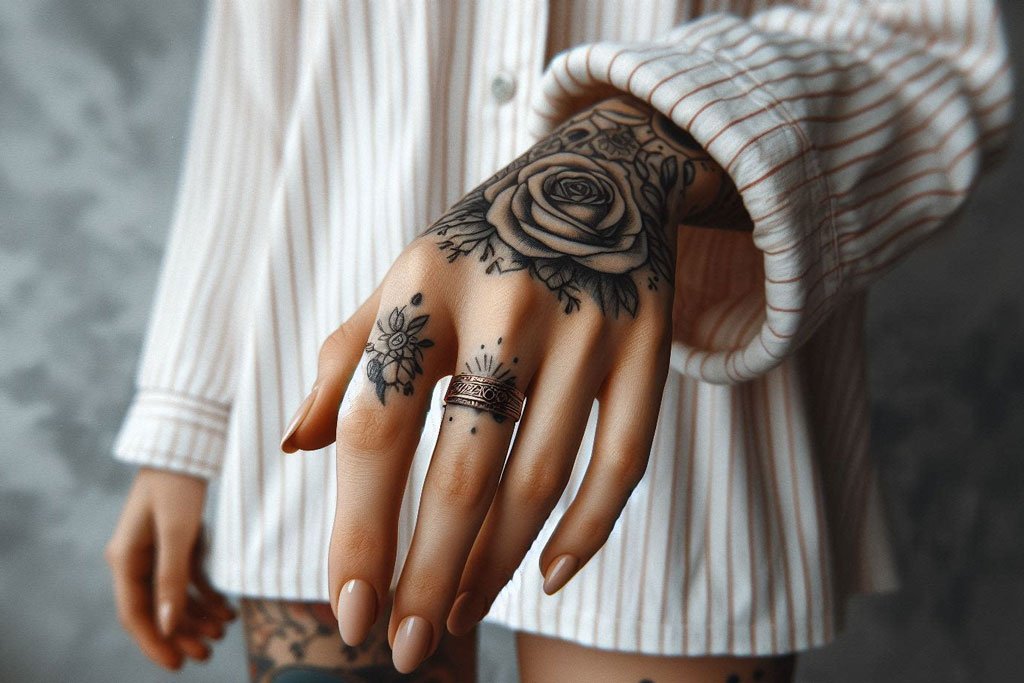Germany, renowned for its rich cultural heritage, is home to a plethora of unique wedding customs and traditions. From elaborate ceremonies to quirky rituals, German weddings offer a fascinating glimpse into the country’s diverse cultural tapestry. In this article, we delve into the enchanting world of German wedding traditions, exploring everything from pre-wedding customs to post-ceremony celebrations.
Table of Contents
The Engagement: A Symbol of Commitment
In Germany, the journey to matrimony often begins with a romantic proposal steeped in tradition. Unlike some cultures where surprise proposals are the norm, German couples typically discuss marriage openly before getting engaged. Once both partners have agreed to take the next step, the engagement process kicks off with the presentation of a ring. While diamond engagement rings are popular, many German couples opt for simple bands or rings featuring other precious stones.
The Bridal Shower: A Gathering of Friends
Prior to the wedding, the bride-to-be is celebrated with a traditional bridal shower known as “Polterabend.” This lively event brings together close friends and family members to shower the bride with gifts and good wishes. However, what sets the Polterabend apart from typical bridal showers is the playful custom of breaking porcelain. Guests bring old dishes, plates, and cups, which are then smashed by the couple to symbolize good luck and prosperity in their future together.
The Wedding Attire: A Blend of Tradition and Fashion
When it comes to attire, German brides often opt for elegant white gowns, symbolizing purity and innocence. However, regional variations abound, with some brides choosing colorful dirndls or traditional folk dresses known as “Trachten” for a more rustic flair. Grooms typically don classic black suits or traditional attire such as the “Lederhosen,” depending on the region and personal preference.
The Ceremony: A Blend of Customs
German wedding ceremonies blend religious and secular customs, reflecting the diverse beliefs and backgrounds of the couple. While church weddings are still common, civil ceremonies conducted at registry offices have gained popularity in recent years. Regardless of the setting, certain rituals remain integral to the ceremony, including the exchange of vows and rings, the lighting of candles, and the reading of meaningful passages.
The Wedding Reception: Feasting and Festivities
Following the ceremony, the newlyweds and their guests gather for a joyous celebration filled with feasting and merriment. Traditional German weddings are renowned for their hearty cuisine, featuring an array of savory dishes such as roast pork, sausages, and potato dumplings. To accompany the delicious fare, copious amounts of beer and wine are typically served, ensuring that guests raise their glasses in toast to the happy couple.
The First Dance: A Moment of Romance
As the evening progresses, the newlyweds take to the dance floor for their first dance as a married couple. Whether they sway to a romantic ballad or showcase their moves with a lively polka, the first dance is a cherished moment that symbolizes the beginning of their journey together. Family and friends join in the celebration, filling the dance floor with laughter and joy.
The Cake Cutting: Sweet Beginnings
No German wedding would be complete without the ceremonial cutting of the cake. The wedding cake, often adorned with intricate designs and edible flowers, serves as a centerpiece for the reception. As the newlyweds slice into the cake together, they symbolize their first shared task as husband and wife. Following the cutting ceremony, guests eagerly indulge in slices of the delicious confection, savoring each bite as they toast to the couple’s happiness.
Brautentführung: The Bride’s Abduction
In many parts of Germany, it’s not uncommon for the groom to playfully “abduct” his bride during the wedding reception. Known as “Brautentführung” or “bride kidnapping,” this tradition involves the groom whisking the bride away from the festivities, often with the help of his groomsmen. The bride’s friends and family must then embark on a series of challenges or tasks to rescue her, adding an element of fun and excitement to the evening’s festivities.
Baumstamm Sägen: Sawing the Log
Another beloved German wedding tradition is “Baumstamm Sägen” or “sawing the log.” Following the ceremony, the newlyweds are presented with a large log, symbolizing the obstacles they may face in their marriage. Working together, the couple must use a two-handled saw to cut through the log, demonstrating their ability to overcome challenges through cooperation and teamwork. Once the log has been sawed in half, it is believed to bring good luck and prosperity to the newlyweds’ home.
Hochzeitstanz: The Wedding Waltz
While the first dance is a cherished tradition in many cultures, German weddings often feature a special dance known as the “Hochzeitstanz” or wedding waltz. This elegant dance, typically performed to classical music, allows the newlyweds to showcase their grace and poise as they glide across the dance floor in each other’s arms. Family and friends gather around to watch the couple’s mesmerizing performance, setting the tone for a night of romance and celebration.
Polterabend: The Night Before
In addition to the bridal shower, German couples often host a “Polterabend” or pre-wedding party on the night before the wedding. This lively event brings together friends, family, and neighbors for an evening of food, music, and revelry. The highlight of the Polterabend is the smashing of porcelain, a tradition believed to ward off evil spirits and bring good fortune to the newlyweds. Guests enthusiastically participate in the festivities, breaking dishes and pots with gusto as they celebrate the couple’s impending union.
Schleiertanz: The Veil Dance
One of the most whimsical German wedding traditions is the “Schleiertanz” or veil dance. During this playful ritual, the bride’s veil is removed and passed around to female guests, who each take turns dancing with it. As the veil makes its way around the room, guests may offer words of wisdom or humorous anecdotes to the bride, symbolizing their support and well-wishes for her marriage. The Schleiertanz is a lighthearted moment that adds a touch of whimsy to the wedding celebration.
Hochzeitssuppe: Wedding Soup
No German wedding feast would be complete without “Hochzeitssuppe” or wedding soup. This hearty broth, typically made with beef or chicken, is served as the first course of the wedding meal. Loaded with vegetables, noodles, and aromatic herbs, Hochzeitssuppe is a comforting dish that warms the soul and whets the appetite for the culinary delights to come. Whether enjoyed as a starter or a main course, wedding soup is a beloved tradition that brings families together around the table in celebration of love and unity.
FAQs: German Weddings
What are the rituals for German weddings?
German weddings are steeped in rich traditions and rituals that vary depending on the region and personal preferences of the couple. Some common rituals include the exchange of vows and rings during the ceremony, the breaking of porcelain at the Polterabend pre-wedding party, the cutting of the log to symbolize overcoming obstacles, and the playful abduction of the bride during the reception. Additionally, traditions like the first dance, veil dance, and wedding soup are integral parts of many German wedding celebrations.
What is a traditional wedding gift in Germany?
Traditional wedding gifts in Germany often include practical items for the couple’s home, such as kitchenware, linens, or decorative pieces. Cash gifts are also common, with guests contributing to a monetary “wishing well” to help the newlyweds start their life together. Additionally, gifts of wine or champagne are appreciated, as are personalized items that reflect the couple’s interests and hobbies.
What color do German brides wear?
German brides traditionally wear white on their wedding day, symbolizing purity and innocence. However, regional variations exist, and some brides may opt for colorful dirndls or traditional folk dresses known as “Trachten” for a more rustic or personalized look. Ultimately, the choice of attire depends on the preferences of the bride and groom, as well as cultural customs specific to their region or family heritage.
How long do German weddings last?
The duration of German weddings can vary depending on the customs and preferences of the couple, as well as the size and scale of the celebration. Generally, German weddings last several hours, encompassing the ceremony, reception, and various festivities. Civil ceremonies at registry offices tend to be shorter, while church weddings may include additional rituals and traditions that extend the duration of the event. Ultimately, the length of the wedding is determined by the couple’s desires and cultural norms.




